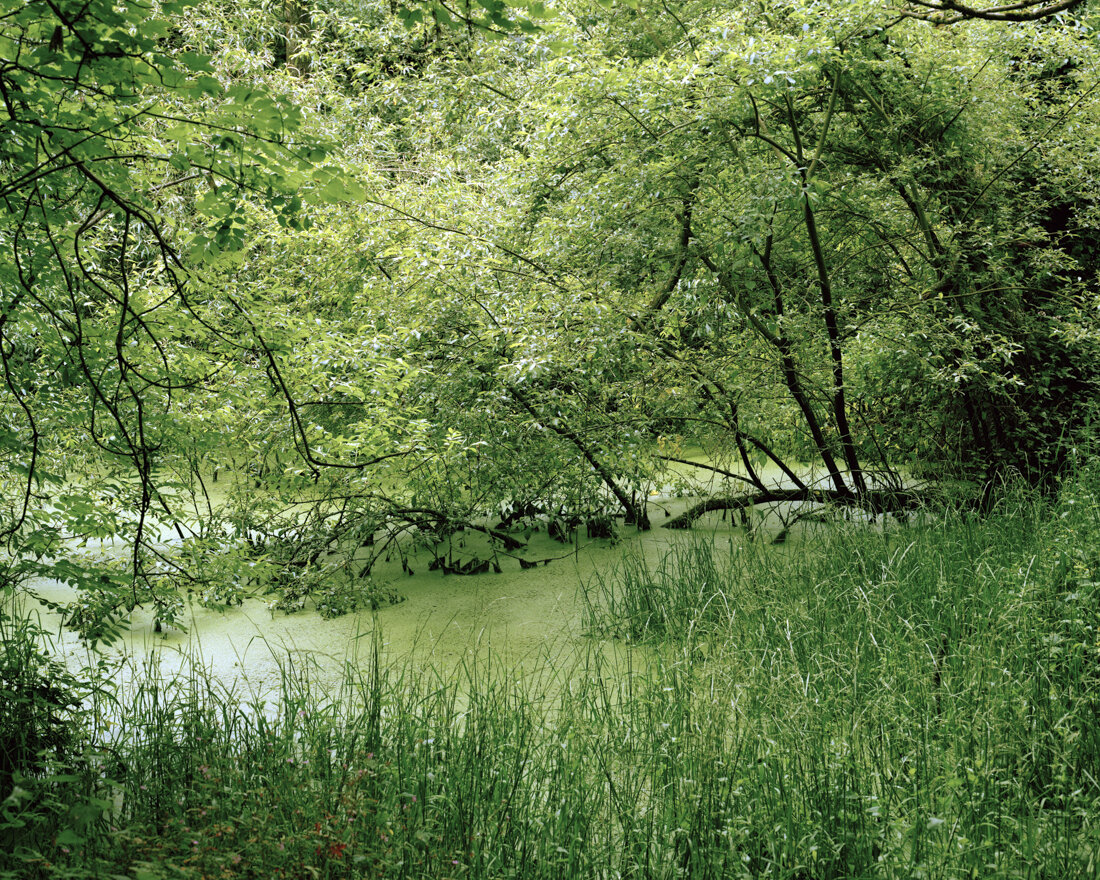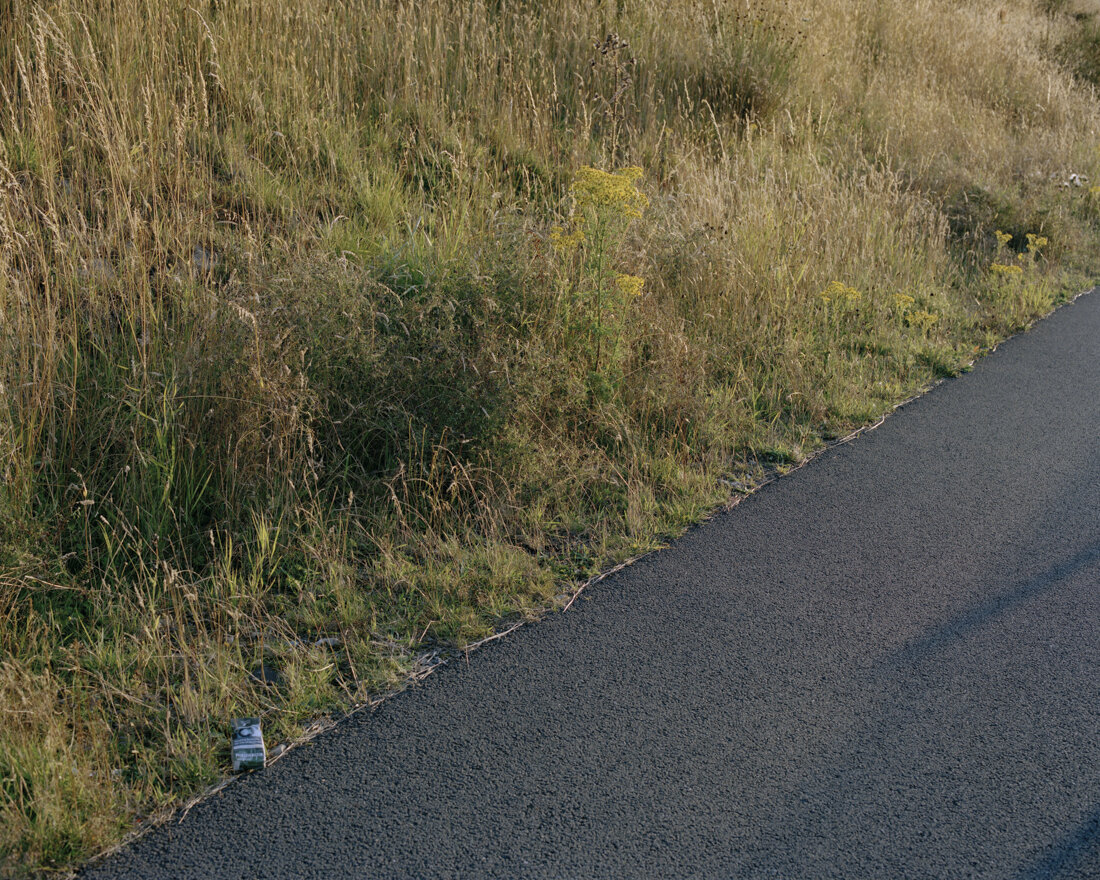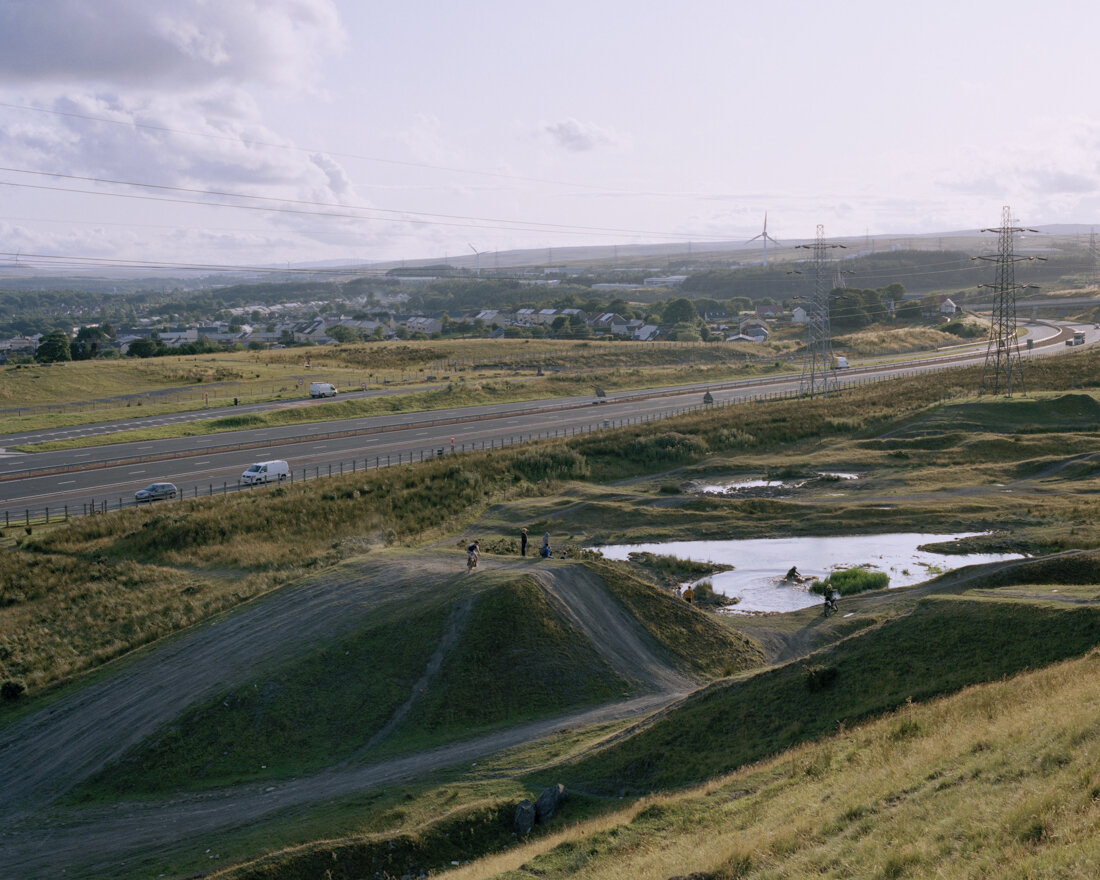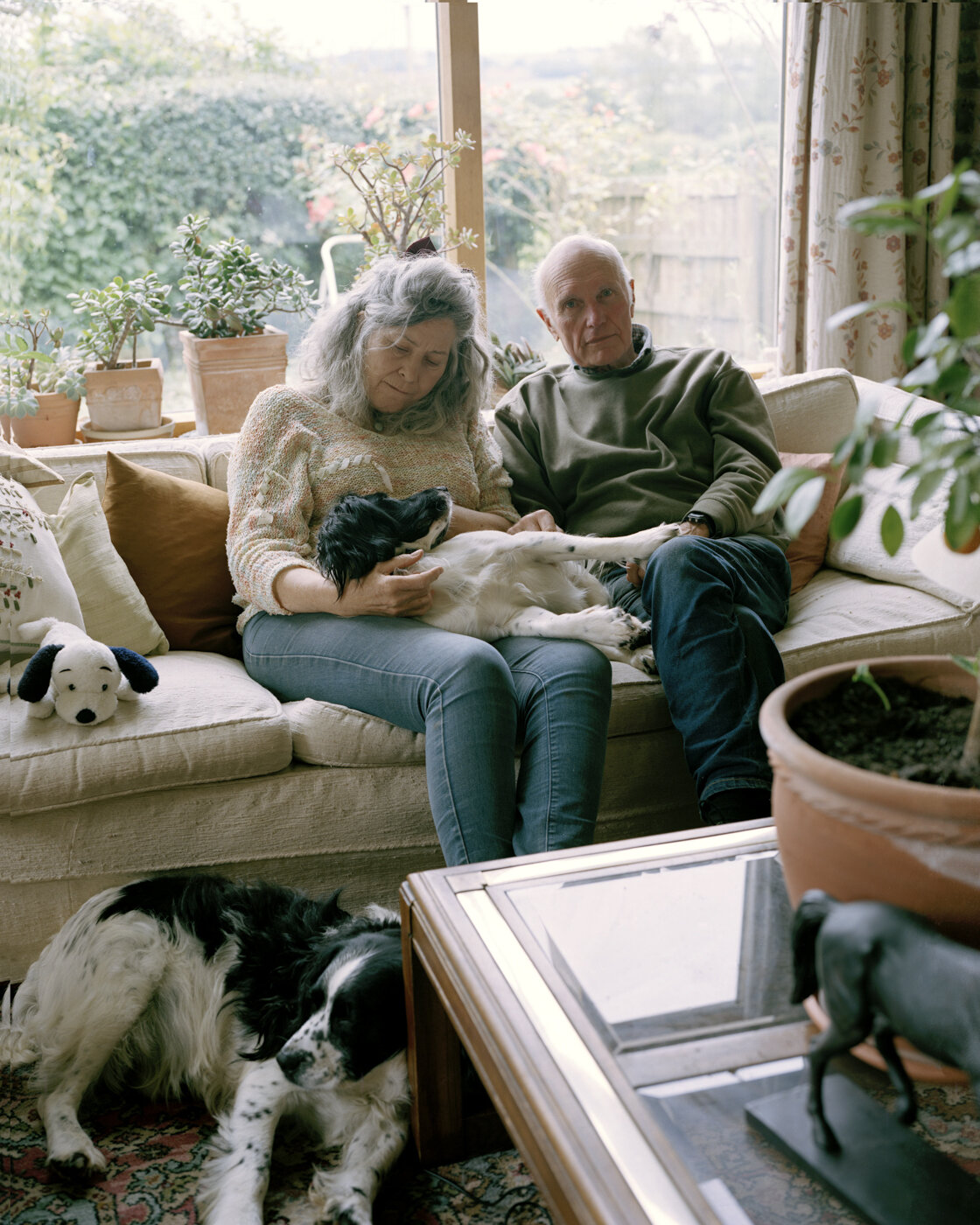Joseph Horton - Terrain Vague
When we think of Britain, our imagination often takes us to the countryside, an inspired vision from the classic works of Jane Austen and Thomas Hardy. Historically, popular culture has imagined, portrayed and represented the countryside as a symbol of Britishness. The foundational myth of the rural idyll (the romanticized construct that rural areas are timeless, apolitical, and lack conflict) has emerged as one of Britain’s most powerful identificatory tropes. However, the countryside, as an idyllic pastoral retreat, something both real and imagined, is in fact astonishingly varied beyond its portrayals.
Joseph Horton is a British photographer and artist currently based between London and Bristol. His series “Terrain Vague”, is a rebellion against the rural idyll myth. In these images, Joseph takes the traditional pastoral motif and subverts it to explore the liminal spaces and temporalities that exist within the British countryside. When creating these images, he was concerned about representing the countryside “in a way which didn’t play into its’ contemporary idealised portrait, but sat somewhere beside it; this area is post industrial and it is picturesque but it is also both.” Here, Joseph observes the cultural implications of the idyllic representations of the countryside, as he documents the areas surrounding the road that joins England and Wales, and also serves as an unofficial border between rural and industrial South Wales. As you scroll down, you’ll see how this road, much like Joseph’s photography, reflects the complexity of the British countryside’s coexisting identities.
- Alexa Fahlman
The British countryside has been regarded as a retreat for many, seen as an escape from the constructed urban environment and a place of contemplation. However, this reflection is not wholly relatable as for its inhabitants these spaces present conflict between ideology and reality. Along our border lands two coexisting identities can be found, creating a space which is not easily defined. Formerly attributed to the hardships of industrial closure the south Wales landscape sits alongside traditional pastoral visions associated with Britain. The divide is a ‘trunk’ road which joins England and Wales, whilst forming an unofficial border between rural and industrial South Wales. Its creation has been continually developed since the early 00’s and has seen further development with the help of European funding. Interested in exploring the complex social and cultural identity of this road I sought to inject a contemporary view of reflective and open imagery which, in my view, can be seen in documentary photography today; lyrical, ambiguous and ‘post-truth’.
Working within a political landscape, as photographers, the creation of work for the cause of political comment versus that which speaks within political climates is a hard discussion to disentangle. This, for me, is where photography allows us to begin to unravel the complexities of cultural and political identities. The project attaches an ambiguity toward its subjects, one that gives space to think and from it, we find a balance between evidence and lyricism; it is in this dialogue that the work was made. The area in question is a web of rural, non-rural, urban, suburban sectors all of which have boundaries which blur into each other. Who we are and how we think these places look still remain and are easily found but if you look closer at their makeup and the surrounding spaces you get a sense of the messy truth which builds this picture. Attracted to the political and cultural notions attached to the road I looked to its surrounding space finding solitude in a transitory environment. So the work has become more of a reaction to that, seeking out scenes in the world which represent this feeling. It does not serve to illustrate the roads completion and history, but to explore how it as an object can talk about our relationship to travel and the micro climates that build our complex rural spaces.
The project can be seen as an investigation into national/cultural identity and a quickly changing landscape but more deeply it is a reaction to ‘landscape’, and specifically how it has been historically represented. It is important that representation from across our country is understood with the depth and understanding that transcends pictures of fields. Those areas which carry the most weight are often the most overlooked, hidden in the everyday and familiar. The amazing thing about the UK is our ability to intermix so many cultures and opinions in such close proximity and have them influence each other in a strange osmosis, this is kind of where the 'divide' and 'joins' complexity comes in. I never wanted to make a work with a myopic range, I wanted to talk about how all these elements come together to build this part of our country and how each opinion, culture and 'landscape' when understood and taken with sincerity can help us form a better understanding of our political landscape. Whilst it’s a very complex element to the work, it is something that I am continuing to disentangle through the imagery.


















